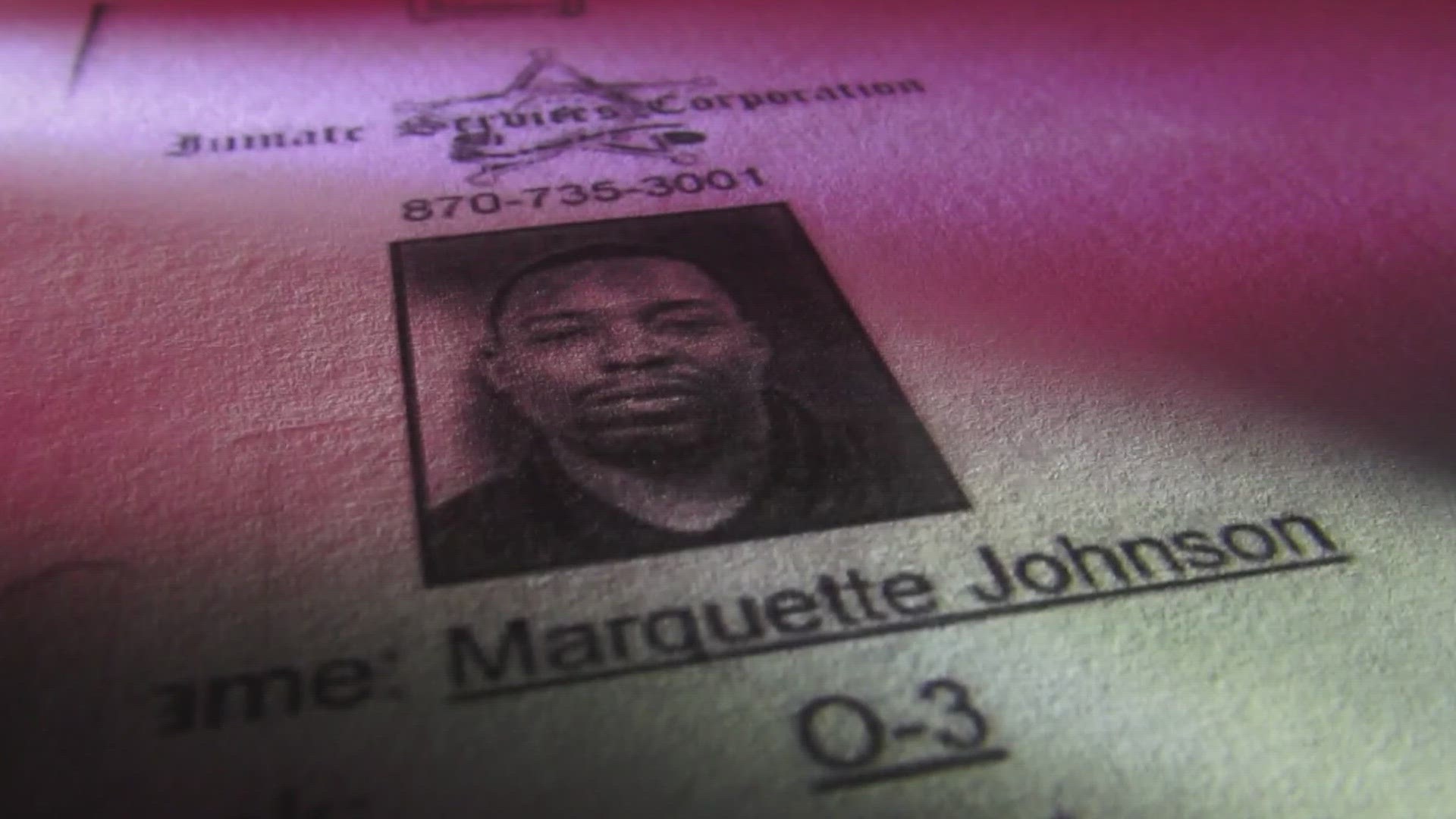The largest and fastest firefighting plane in the country is based in Colorado Springs.
Yet in the middle of fire season, the Global SuperTanker is not allowed to go on any fire missions in Colorado or the U.S.
"We expected it to be operational by now," said Global SuperTanker Vice President Bob Soelberg.
The aircraft was introduced to the public with a flashy demonstration at the Colorado Springs airport in May 2016. The plane took off and made a test drop over the runway.
"We can do water, slurry, foam, gel. Unlike most of the aircraft out there, we can also carry two of those. We can carry water on one side of the system and gel on the other," he said. "We would certainly like to have been flying by this point, but we recognized even at that point that there was going to be many challenges."
Those challenges came in two parts. First, the plane had to receive FAA approval on its airworthiness and a certificate of modification after the suppression system was installed inside the fuselage.
"In order to actually use the airplane in the U.S. from the FAA standpoint, you also have to have what's referred to as a '137 certificate.' That's just like every other crop duster out here. We're just a big crop duster as far as they're concerned," said Soelberg.
The plane received its FAA approval last year. For the first six months of 2017, it had temporary six-month approval from the U.S. Forest Service, which expired on June 15.
"Normally, they are 18 (months)," Soelberg said.
We asked him what reason he was told for it not being 18 months.
"We would like to know ourselves," Soelberg said. "Been a lot of progress made. We're very close. It's time-consuming. There's been some steps forward, steps back, but like I say, we're making good progress."
The tanker has been used outside of the U.S. Israel contracted the use of the tanker for fires late last year. The tanker was also used to help put out fires in Chile in January.
The U.S. Forest Service provided the following reasons as to why it has not yet approved the tanker for firefighting in the states.
To fly wildfire suppression missions on National Forest System lands, Airtankers must have Interagency Airtanker Board (IAB) interim or full approval, comply with contract requirements including airworthiness, and meet other criteria.
Tests conducted in August and September 2016 indicated that Global Supertanker Service's tanking system needed adjustment to ensure proper delivery of fire retardant. Global Supertanker Services was scheduled to do another test later in the fall of 2016 to determine if the issues had been addressed but the company asked to not do the testing so they could fly wildfire suppression missions internationally.
In January 2017, the IAB provided Global Supertanker Services with a six-month interim approval that expired June 15 to allow them to make modifications in their tanking system, which earlier tests indicated needed adjustment to ensure proper delivery of fire retardant and provide information from missions they flew internationally.
The IAB received Global Supertanker Service's complete documentation regarding compliance with the standard the week of June 19 and began drop testing that week. The results of that testing are pending review by the IAB.
The IAB has made every effort to assist and accommodate Global Supertanker Services in their efforts to complete the process. When the process proceeds smoothly, it can be completed in less than three months.
"It's more administrative. It's a matter of looking at what was done and discussing 'why did you do this' or 'why didn't you do that?'" Soelberg said.
The testing requires the aircraft to do something called, "Flying the Grid."
"The aircraft makes multiple passes over literally thousands of 'T-posts' that have been driven into the ground, and on the top of each one is a small Dixie cup holder," Soelberg said.
The Dixie cups are then collected and weighed to determine the success of the drop.
Essentially, the U.S. Forest Service wants to know that the drops are doing their intended use. Picture a spray nozzle on a hose; instead of one stream, the retardant or water should come out in a spray.
"It's very frustrating for us because it's the business we're in. Not only are we firefighters, we have one of the most effective tools that is available for it," said Soelberg.


